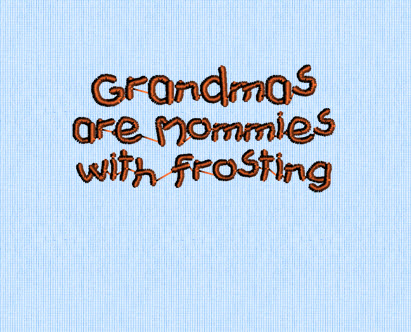When I think of the term Cutwork Embroidery, I think of Hardanger. but the much more common form is Eyelet fabric. The origins of the current forms of cutwork date back to the Italian Renaissance. And the techniques quickly spread throughout Europe. It was an inexpensive and quick way to achieve “lace”. In fact, cutwork straddles that line between lace and embroidery still today.
Hardanger is assumed to be created in Persia in the 7th century even though it was named after the Norwegian Hardangerfjord.. It consists of satin stitches binding a cut out piece of the base fabric. Really, buttonholes use Hardanger techniques.

Traditionally, Hardanger embroidery is done on a white or Ecru base fabric with matching thread. It was done on linen. The benefit of linen was that it was easier to see the grid patterns and space the stitches more evenly. Today, Hardanger fabric is easy to find and comes in many colors. The weave also makes it easier to pull the the threads in the base fabric out.
But, any time there is a good binding with any embroidery on any base fabric can result in cutwork. The goal is to wrap embroidery around what would be an edge of the fabric to prevent unraveling.
I love cutwork on the edges of tablecloths and napkins and tea towels. But my very favorite use of these techniques is by putting a dark fabric over a light or vice versa with cutwork on top. I love the look and use it often in quilting designs.

Try out the window look of cutwork in some of your designs


